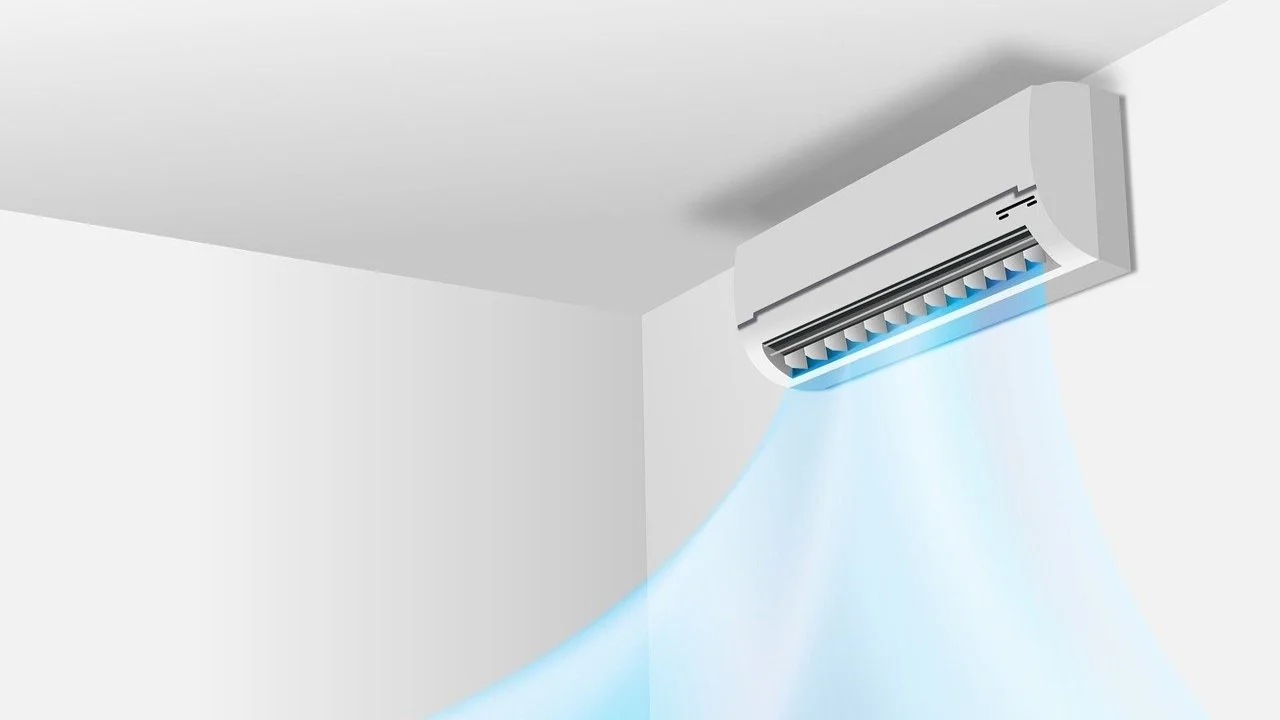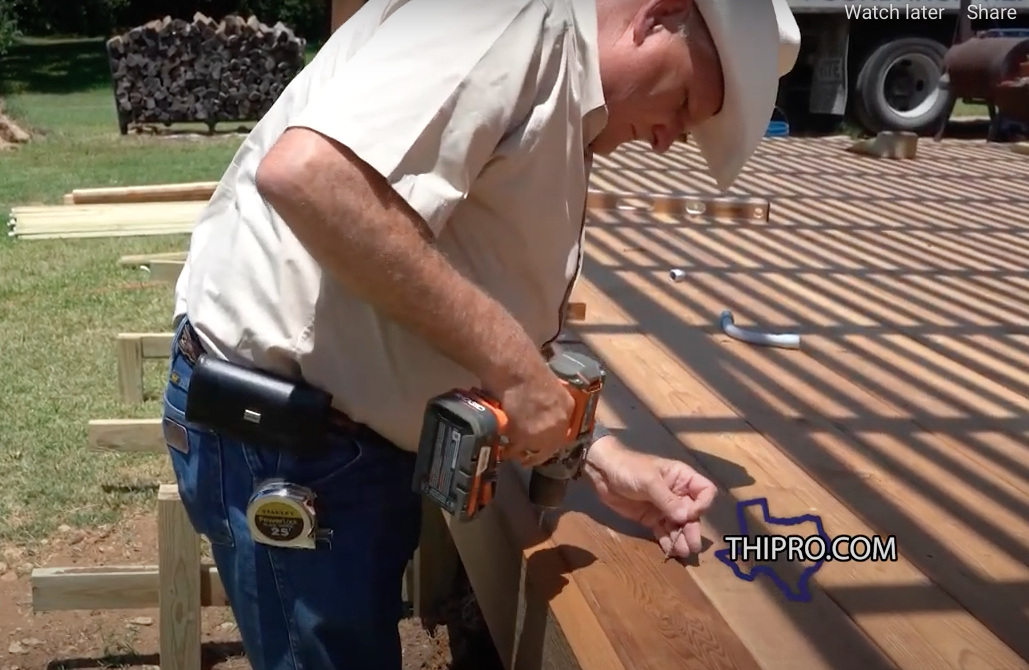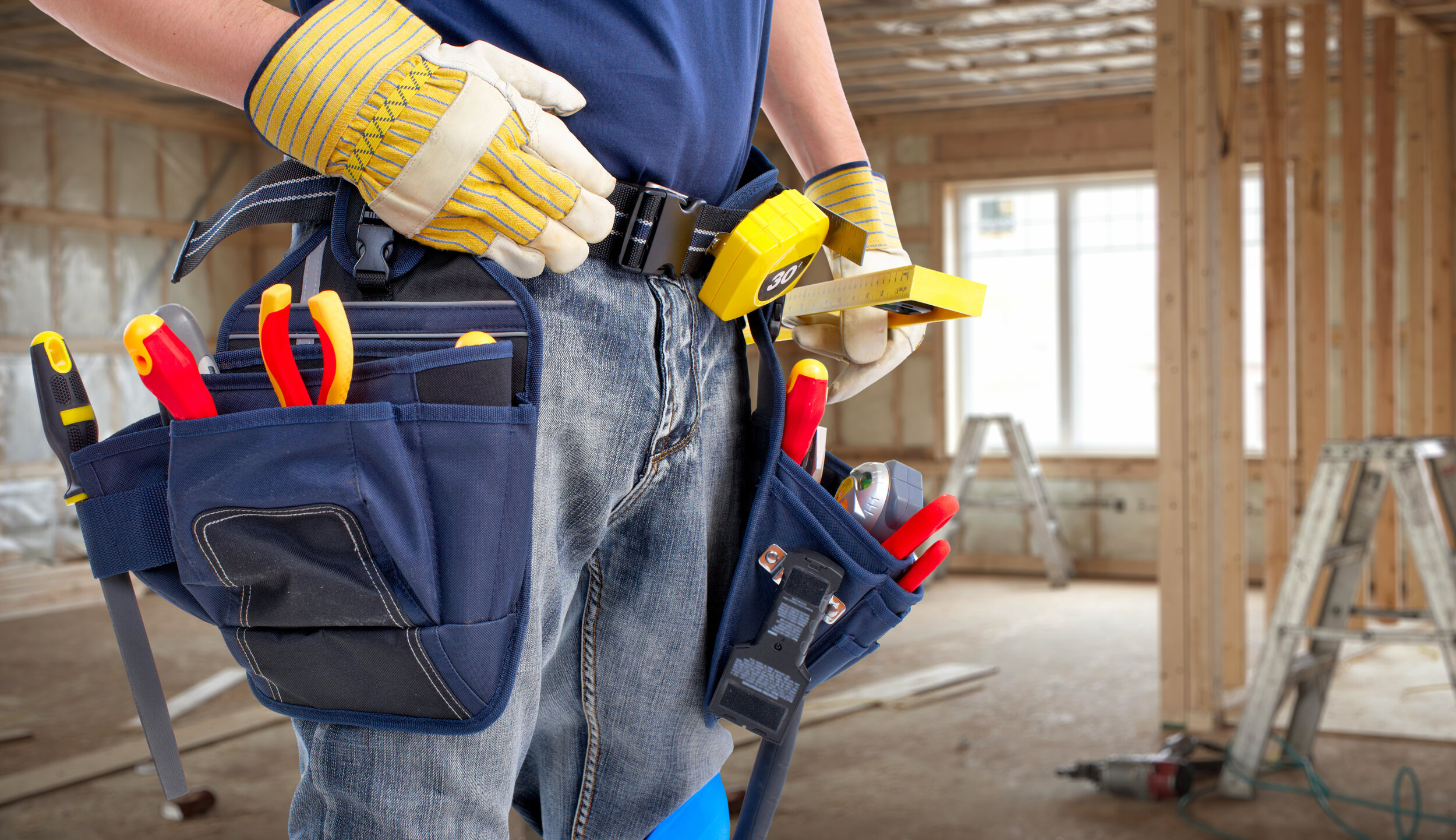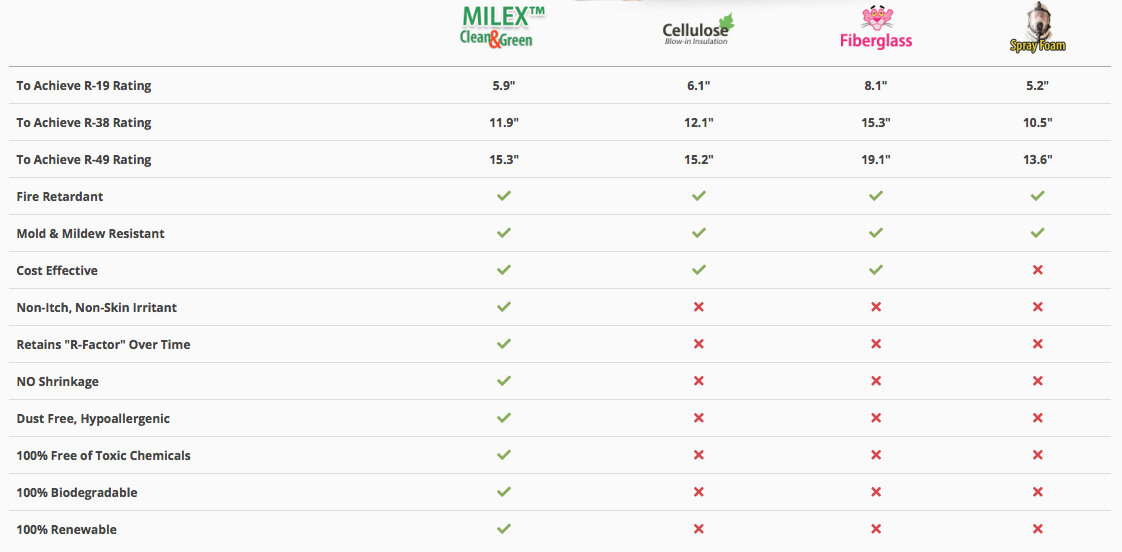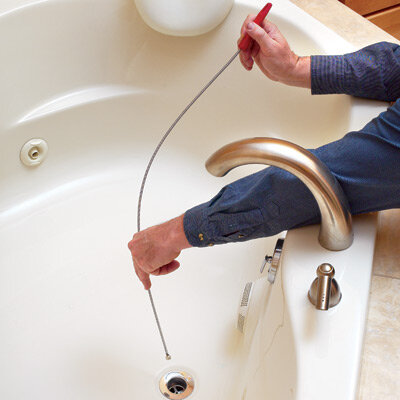All Texans are looking for ways to reduce the demand on their air conditioner this summer. And we all know that a large source for solar heat gain is our windows. Let’s get smarter about windows and watch those summer energy bills drop.
For many homeowners it might finally be time to replace your current windows. Replacing outdated inefficient windows can make a big dent in your energy bill. But what makes a window energy efficient? Please refer to this comprehensive guide ---> Selecting Energy Efficient Windows in Texas. To learn more contact THI Partner America's Choice Windows.
So, what about some other strategies? The Department of Energy (DOE) says that smart management of window coverings can reduce heat gain by up to 77 percent. And, as a bonus, these same practices can reduce heat loss in the winter. Take a close look at the windows in your home and we bet you can take further steps to keep things cooler in the summer. One study found that 75% of residential window coverings remain in the same position every day. If this describes your habits, be strategic about which coverings you open in the morning. In the summer, you may want to keep certain window coverings closed to reduce heat gain. During the hottest months many people will keep windows covered during daylight hours.
Outdoor Options
Awnings
Awnings offer an excellent defense against the sun in Texas' perpetually hot weather. Exterior awnings can reduce solar heat gain by up to 65 percent for south-facing windows and 77 percent for west-facing windows, according to the DOE. For best results choose awnings in light colors that reflect more sunlight. In the winter, you can roll up retractable awnings to let the sun warm up your house.
Exterior Shutters & Shades
Exterior shutters and shades are usually made of a variety of materials, including fabric, wood, steel, aluminum, or vinyl. They are very effective at reducing solar heat gain. Most exterior shutter systems include a mechanical crank, rod, or motor to allow operation from indoors. This can help encourage daily use of the shutters and may be required by local fire codes.
Interior Options
Shutters
Interior shutters can really enhance the design in a room and will provide excellent heat control. Wood is a great option, but also consider Sunburst Polywood Shutters. They are more energy efficient than any other window treatment: up to 70% more than wood shutters and 1600% more than aluminum mini-blinds. Polywood Shutters are also much more durable than wood.
Curtains/Drapes
The ability of curtains and drapes to reduce heat gain depends on fabric type (closed or open weave) and color. Studies show that medium-colored draperies with white plastic backings can reduce heat gain by 33 percent. Hang the curtains as close to the window as possible.
Shades
When properly installed, window shades are a simple and effective way to save energy, but they need to be drawn all day to work. Mount them as close to the glass as possible within the window frame, creating a sealed space. Quilted roller shades and Roman shades with several layers of fiber batting act as both insulation and an air barrier and are more effective than other soft window treatments.
Blinds
Because of the horizontal slats, it's difficult to control heat loss through interior window blinds, although they do offer some flexibility. Unlike shades, you can adjust the slats to control light and ventilation. When completely closed, highly reflective blinds can reduce heat gain by around 45 percent, says the DOE.
Fixed Options
Highly Reflective Films
Films applied directly to the glass can be a great option in specific circumstances. Silver, mirror-like films typically are more effective than colored, more transparent films, and east- and west-facing windows benefit most because of their greater potential for heat gain. Keep in mind that reflective films are tricky to clean and may affect your view.
Mesh Windows Screens
Solar screens can reduce solar heat gain, UV damage, and glare by diffusing solar radiation. Experts advise mounting the screen to an exterior frame and covering the entire window.
Certain screen options provide multiple benefits. Security screens are screen applications for windows and doors that provide superior protection against intruders, outside heat, the suns damaging UV rays, and other unwanted pests. Security screens from Security Screen Masters can block up to 66% of solar heat and 66% of UV rays, performing like your normal sunscreens while providing impact resistant doors and windows.

